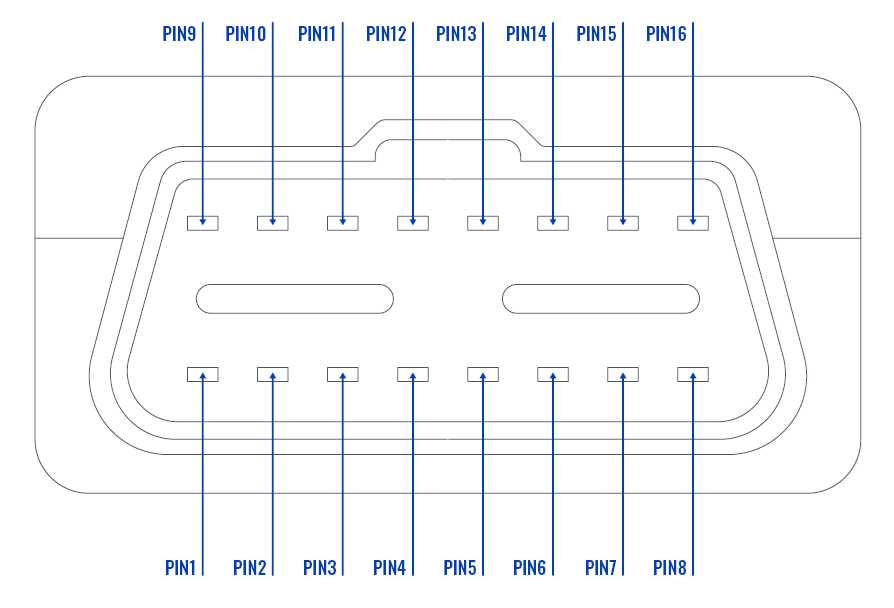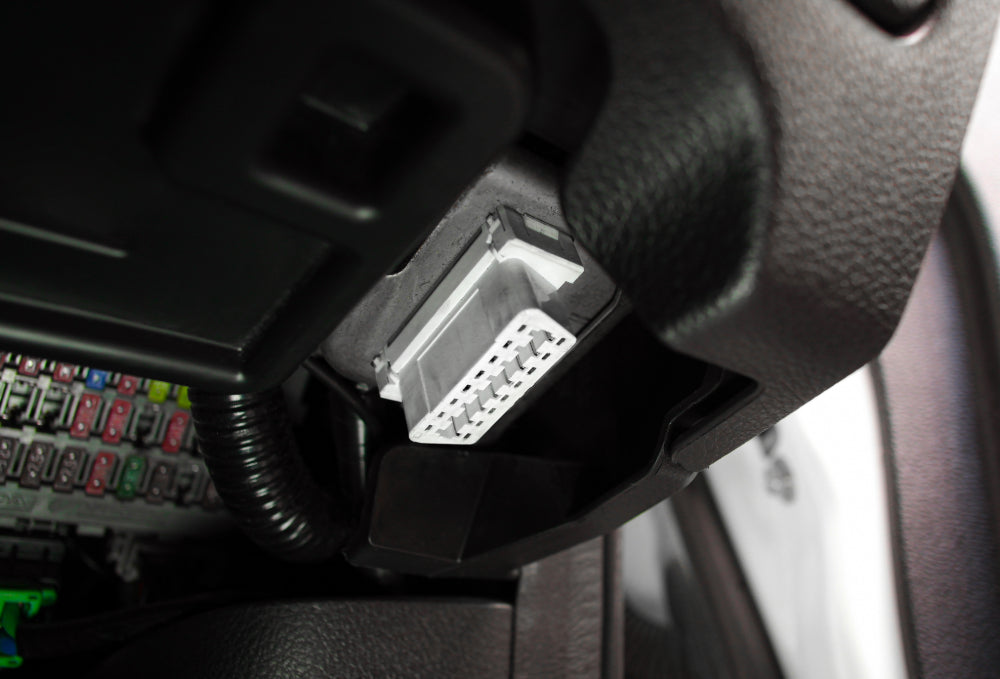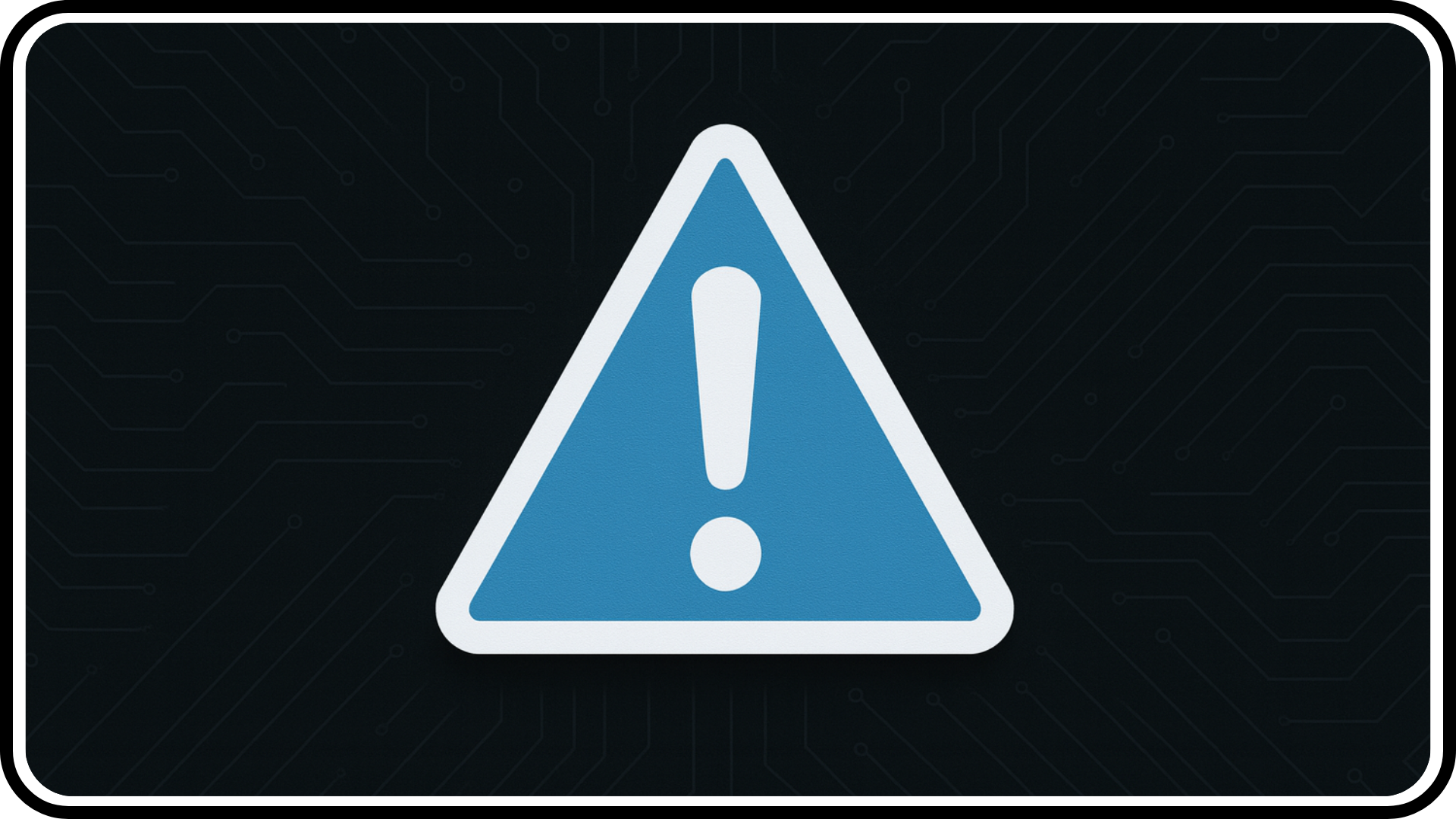Pinout
1. SW CAN / LS CAN High
2. –
3. MS CAN / 3-8 High
4. Ground
5. Ground
6. HS CAN High
7. K Line
8. 3-8 CAN Low
9. LS CAN Low
10. –
11. MS CAN Low
12. –
13. –
14. HS CAN Low
15. L Line
16. Power Supply

Locating the OBD2 port and fitting your tracker
- Your car's OBD2 port is usually located on the side of the driver's footwell or underneath the steering column
- Look above the pedals or under a removable fuse panel. If not visible, check the area around the centre console or beneath the lower dash trim.
- Once located, gently push the tracker into the port and ensure it isn't loose.

Additional Safety Information
- Note: Do not install this OBD2 tracker if its position interferes with the normal operation of the vehicle (e.g. obstructing pedal use, movement or driver's access to the vehicle). We recommend purchasing our $19.95 OBD2 extension cable for a safer, more flexible fit.
- Please check with your vehicle manufacturer or dealer for the exact location of the OBD2 port. If you're unsure about the correct installation, seek assistance from a qualified professional.
- This device is IP41 rated and is susceptible to water and humidity (read more about GPS tracker IP ratings)
- Installation and/or handling during a lightning storm is prohibited.
- The device uses SELV limited power source. The nominal voltage is +12 V DC. The allowed voltage range is +10..+30V DC.
- Before unmounting the device from the vehicle, ignition MUST be OFF.
- This tracker is fitted with a backup battery. Do not install on top of dashboard or in an area subject to high temperatures/direct sunlight. Do not expose tracker to moisture.
- If you experience any vehicle incompatibility issues when the tracker is connected (warning lights or changes to your vehicle's normal behaviour), switch your vehicle off and unplug the unit immediately. Please contact us with your vehicle's make and model so we can relay this information to our manufacturer for review and provide an alternative GPS tracking solution.

